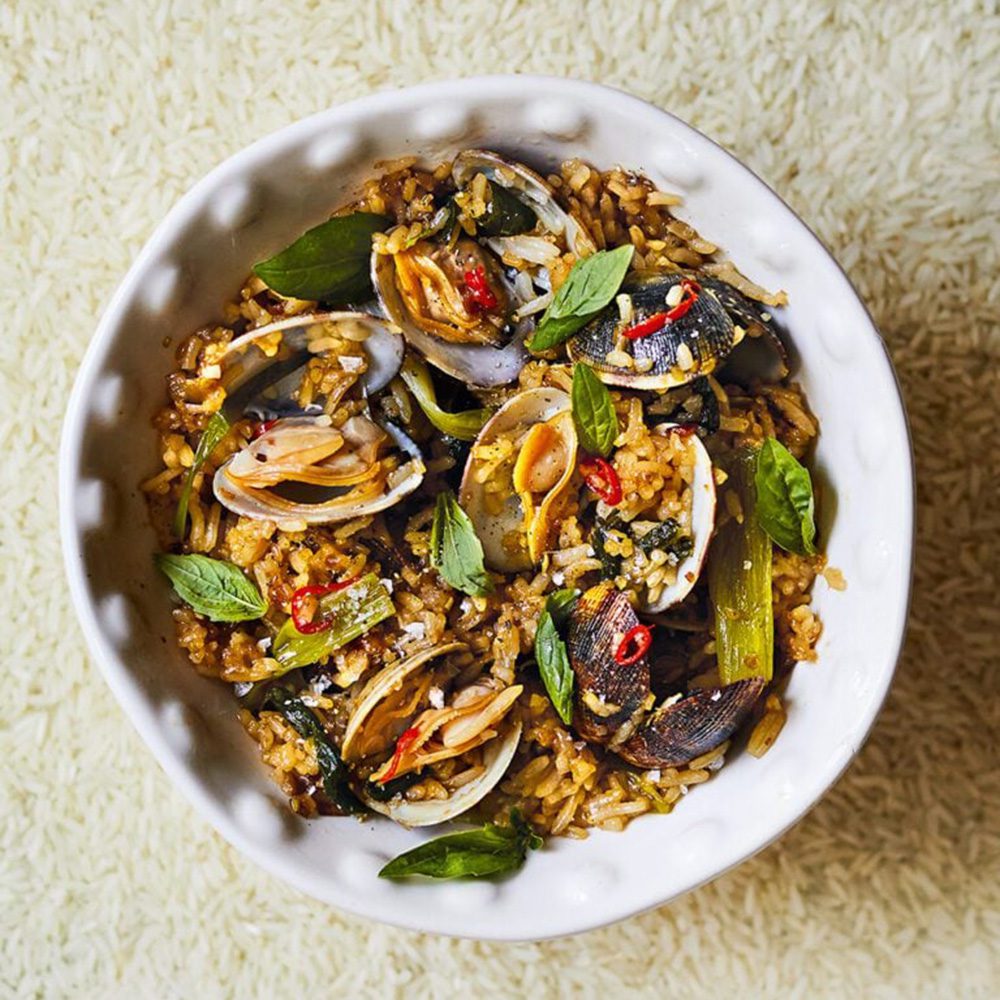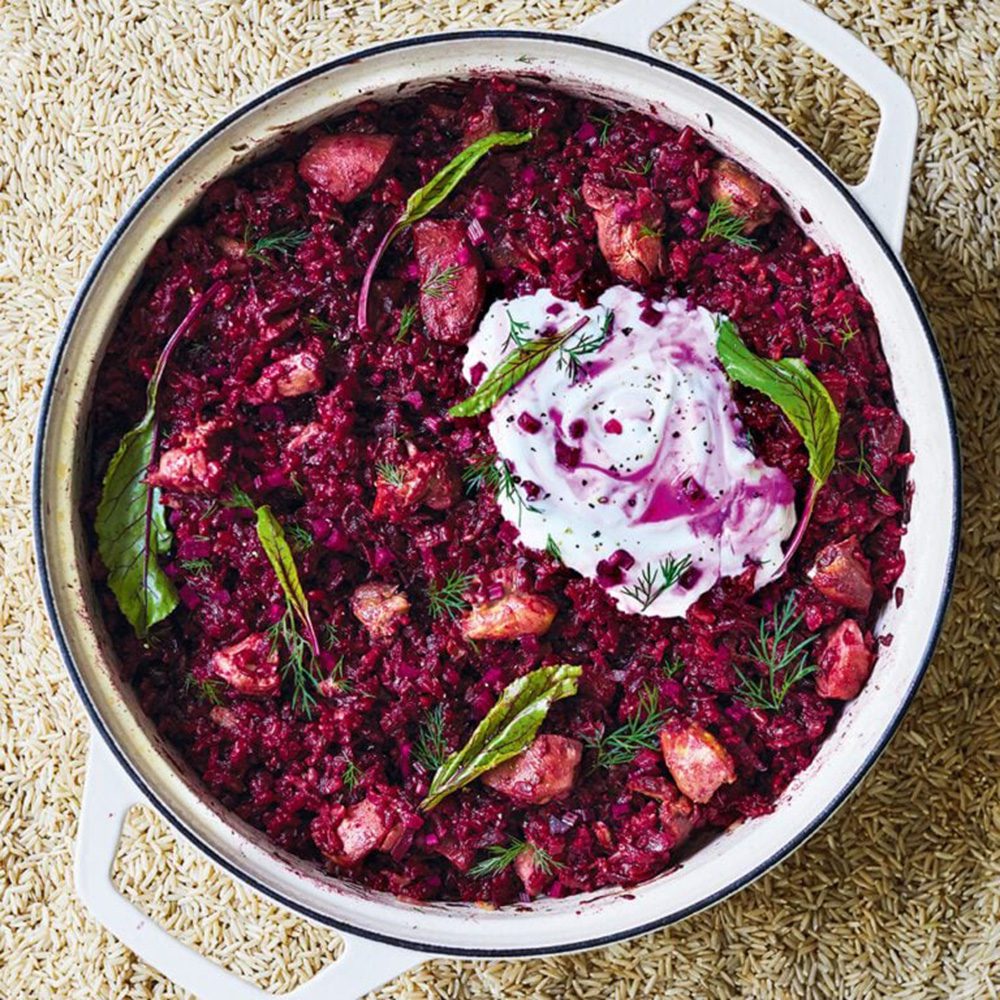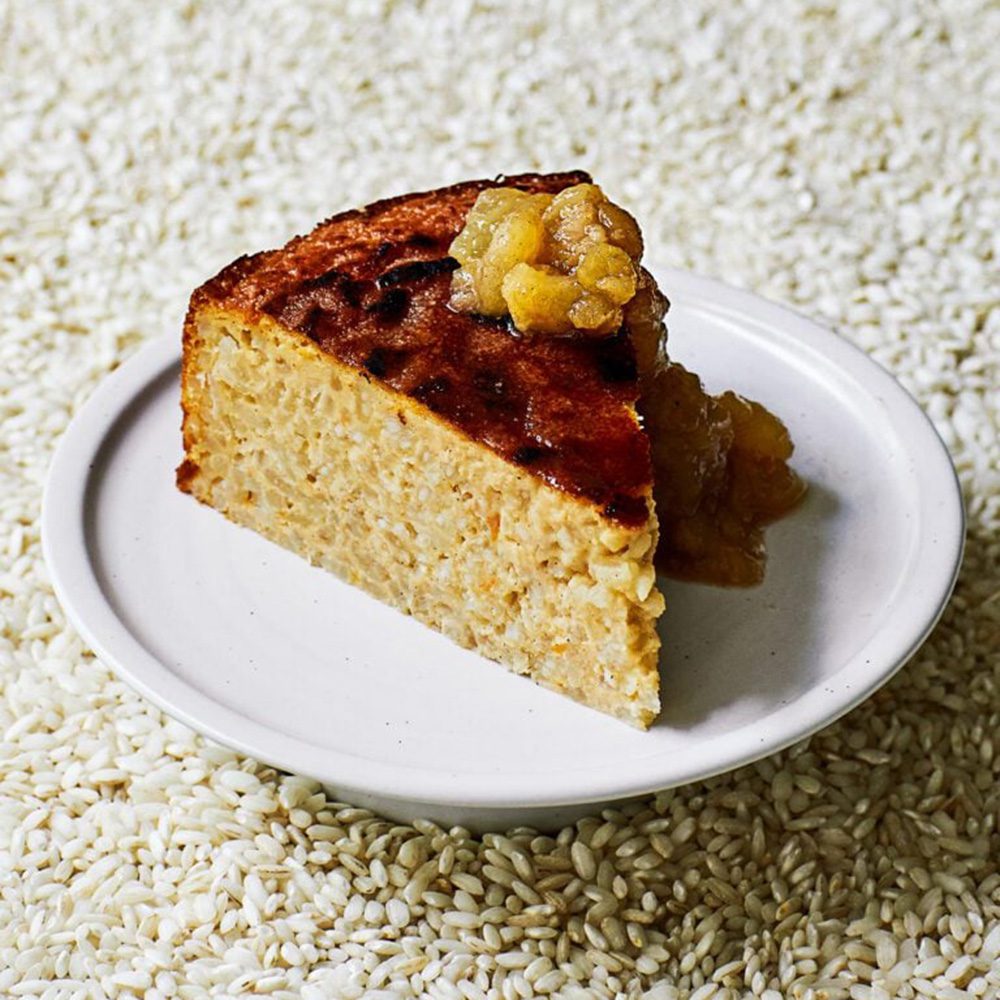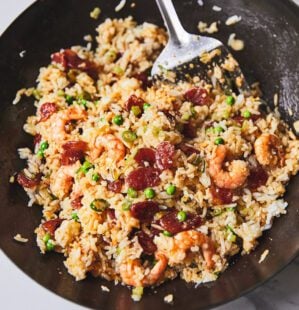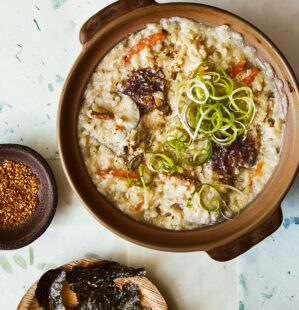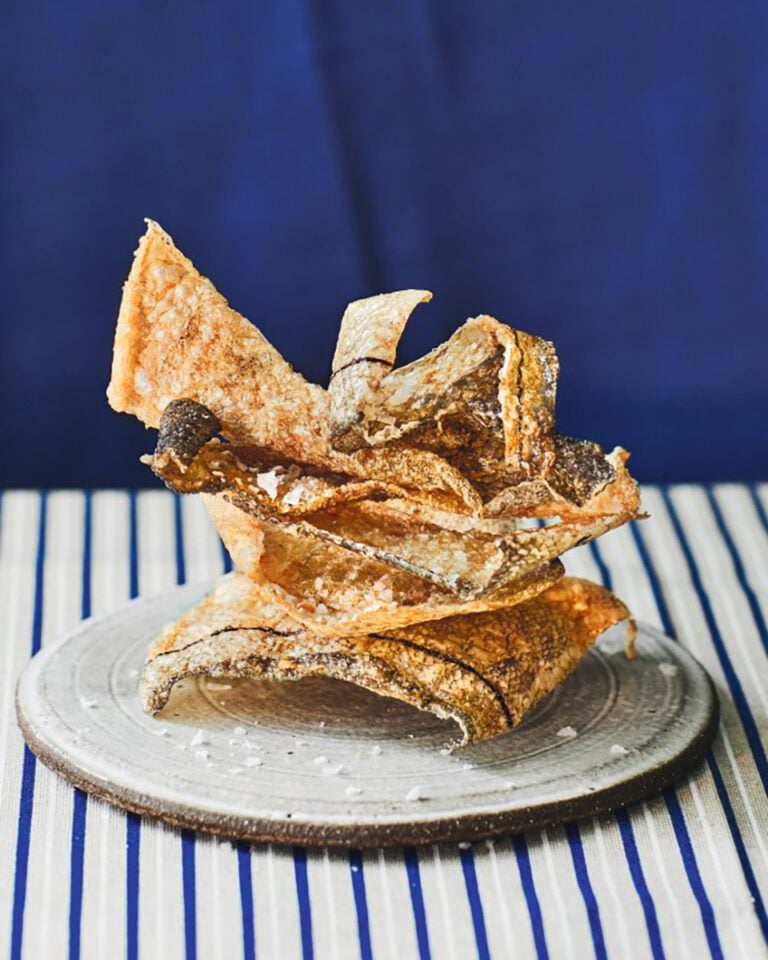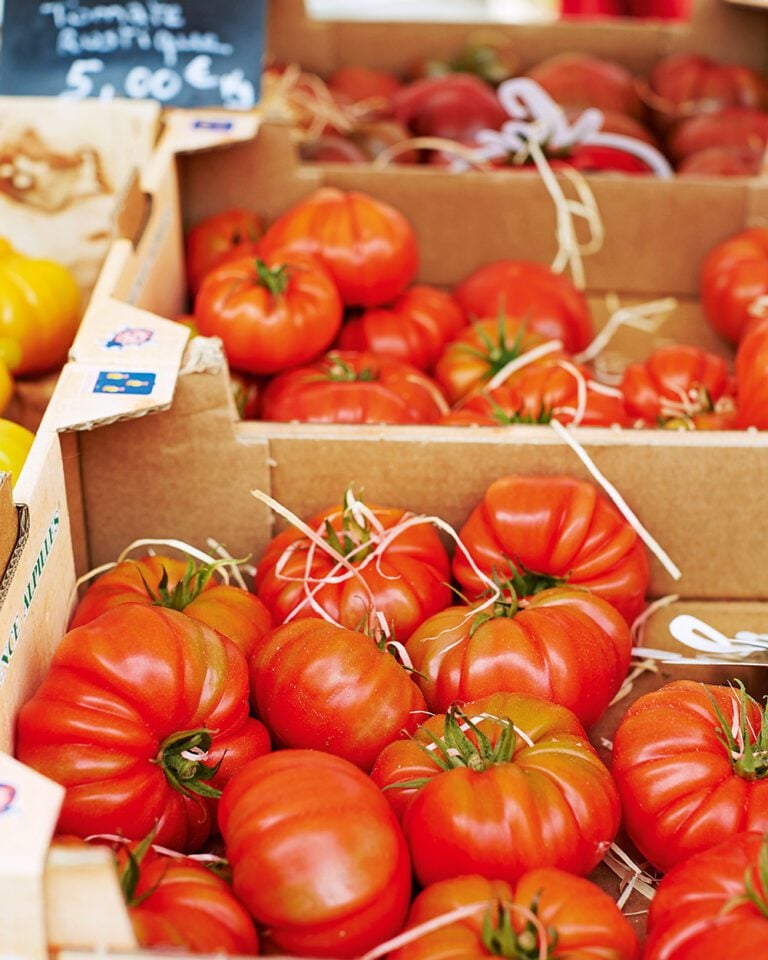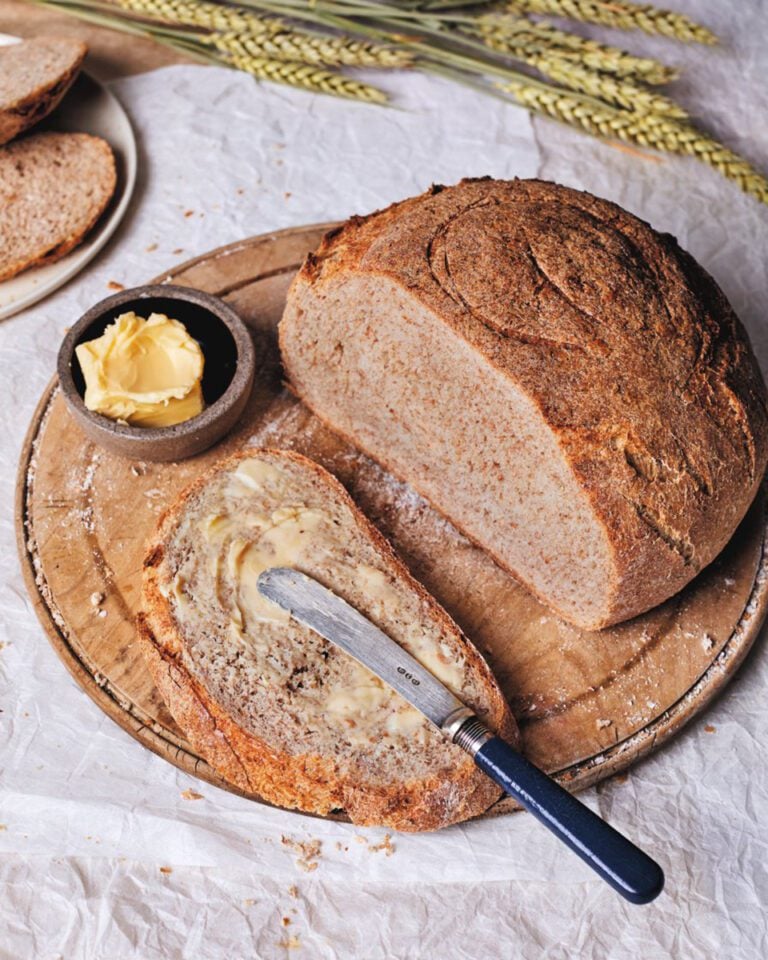Righteous rice! How to buy and cook sustainable grains
From jalfrezi to jollof, rice is a regular on our plates. How often, though, do you consider its provenance, sustainability or quality? Food writer and academic Anna Sulan Masing reveals that rice is often overlooked when it comes to
sustainable foodstuffs. Yet, this hugely popular crop and its growers are facing challenges due to climate change. Anna explains why we need to be paying attention to the rice we buy, and recommends good brands.
Scroll down for Anna’s top tips for buying sustainable rice. Plus, Emily Gussin from the delicious. food team shares three rice recipes showcasing the brilliant versatility of your haul…
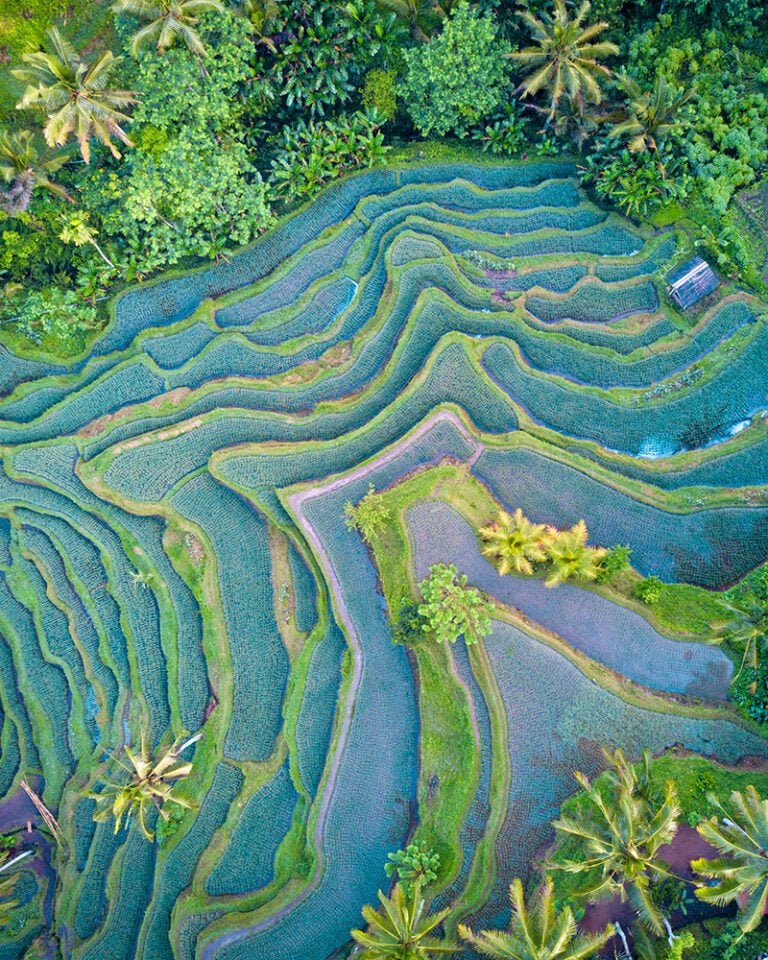
Brown, jasmine, short-grain and, of course, the popular basmati – rice in all its forms is a staple in so many kitchens around the world and, although it isn’t grown in the UK, 88% of British households have rice in their cupboards. It’s a crop facing real challenges, however, due to climate change – so do we need to think more about how rice is grown?
What do we know about rice?
Rice cultivation is believed to have begun over 8,000 years ago in central China. There are two main species of cultivated rice: Oryza glaberrima, aka ‘African rice’, and Oryza sativa, or ‘Asian rice’, along with many varietals. Asia produces 90% of the world’s supply, with only 0.4% of rice now grown in Europe (believed to have been brought to the Mediterranean in the 15th century).
Developed to grow in monsoon climates (with dramatic seasonal rainfall changes), rice is a cereal grain that needs little intervention. Food writer Sri Owens writes in The Rice Book that irrigated fields (so-called ‘wet paddy’) can be planted year on year without the soil needing a rest, and that ‘some rice fields are believed to have been continuously cropped for 2,000 years’. The water debris from monsoon rainfall, plus manure from grazing animals in the dry seasons, fertilises the soil. Rice grown on ‘hilly paddy’, which isn’t submerged in water, takes more work, but it still needs a lot of rainwater.
Rice is a global staple, but as so little is traded internationally it’s often forgotten in conversations about sustainability
Why is rice important to climate change?
Eaten by over half the world’s population (about 4 billion people), rice is a cornerstone for many food cultures. Dr Wyn Ellis of the Sustainable Rice Platform (SRP), a global organisation that promotes sustainable rice growing, explains that around 90% of rice gets consumed within 50-100km of production, so “relatively little rice gets into international trade”. Because of this, Ellis believes, rice doesn’t get the same attention as other crops, such as coffee or spices, when it comes to discussing supply chains or farming. Despite that, he says, “rice sits right there at the nexus between those great debates on sustainable food systems and on climate change”.
Rising temperatures affect the climate and cause drastic changes in weather, such as long droughts, intense storms and unreliable seasons, which have a huge impact on farmers. But growing rice also affects the climate. The high use of water is a strain on resources, while flooded fields create methane (a greenhouse gas) from decaying organic matter. The clearing of carbon-absorbing forests to plant new rice fields is also a huge concern. And while the traditional process of burning rice stubble and straw after harvest can put nutrients back in the ground, it also leads to poor air quality and the production of more CO2.
How can rice growing be made more sustainable?
There are companies trying to reduce these problems and produce sustainable rice. David Wright from LaGrande Family Food Group, which produces SoGood Saké, explains, “Water shortage issues have been key for rice farmers and food scientists alike, due to the impact this can have on rice growing, which could in the long run affect food security and socio-economic stability.”
Wright says the US leads the world in sustainable rice production, because farmers have to comply with strict federal and state regulations. His California company grows Japanese varietal ‘Yamada Nishiki’ in wet paddy fields, which are made flat using a laser level before flooding – thus using 25% less water. A small plane flies over the fields in April and drops pre-soaked seeds into the water (pre-soaking makes it easier for the seeds to sink and take hold in the soil).
In Cambodia, British company Ibis Rice is committed to sustainable rice production through helping farmers to help themselves (see below). It also tries to work through the environmental challenges by using a varietal called ‘Phka Rumduol’. It’s well suited to the conditions for farming during the monsoon season and can withstand short-term floods and dry periods.
Rice growing can have a damaging environmental impact, but there are rice-growing companies out there trying to make the practice more sustainable
How are rice farmers being supported?
Most of the world’s rice farmers live below the poverty line. Naturalist and Ibis Rice ambassador Chris Packham says: “It’s important to work with farmers,” and he goes on to explain that producing organic crops is crucial, as they protect wildlife and habitats while providing local farmers with secure long-term economic futures.
Ibis Rice pays 70% above the local market price, and works with conservation partners on the ground to work directly with rice-growing communities. This structure and close collaboration means farmers are much less likely to clear forests to get higher yields per harvest. CEO Nicholas Spencer explains that the aim is to “help farmers to organise and represent themselves, by offering long-term partnerships so they can thrive economically, with their forests still standing”.
In 2015 the SRP created a rice standard as a working definition of what sustainability in rice could be, and in 2020 it launched an Assurance Platform to be adopted by partners to create transparency and build trust and collaboration. “A retail price premium – even for coffee, or spices – rarely reaches the farmer, the distributional impact is very poor,” explains Ellis, making this transparency even more important. There are now SRP-verified rice labels for producers to use being sold in about 20 countries (not the UK yet – but coming soon). Ellis points out that the framework is nuanced and sensitive to the different needs and issues in the various rice growing regions.
What’s the future for sustainable rice?
Finding innovative ways to approach rice farming has been the focus for many companies. Improved irrigation systems are key. They include: direct seeding into dry soil to reduce the flooding season and address water shortage; non-saturated soils; harvesting rice straw for products such as paper; and Alternate Wet Drying (AWD) or controlled irrigation. AWD lets paddy fields be dry between planting, reducing methane emissions by up to 50% and water usage by 10%. Change is more about structural support in the farmers’ country of origin than consumers buying a premium priced product. When rice companies help support the farmers, everybody wins – including UK consumers.
How to buy sustainable rice
- Look for traceability
- Buying organic is a great start
- Look out for Fairtrade labels
- Search the rice company online and see what work it does in the rice farmers’ country
Small brands to look for
- Ibis Rice’s production is rooted in conservation (see above)
- Nice Rice grows its rice to SRP standards
- True Origin is a Fairtrade company and develops relationships with smallholders
Best of the big boys
- Ben’s Original joined SRP in 2016 and says that today 99% of its farmers are “working towards SRP standards”
- Tilda uses the Alternate Wet Drying (AWD) technique in India, where farmers flood the paddy fields less often, reducing water use and methane emissions
Innovative rice recipes to try
Clam and lemongrass fried rice
Use up leftover cooked rice with this fragrant seafood stir-fry, ready in 20 minutes. The lemongrass, chilli, garlic and onions pack a punch of flavour, while the clams make a simple meal feel extra special.
One-pot beetroot chicken rice
With beetroot adding its striking colour to every grain, this one-pot chicken dish uses the absorption method to get perfectly fluffy rice that’s packed with earthy sweetness. Lemon, dill and a trio of coriander, fennel and caraway seeds add a bright, zesty finish.
Brûléed rice pudding cake with pear compote
Creamy and tender with a pleasant bite and a crunchy crackled brûléed sugar topping, this rice pudding cake will be your new obsession. Here, arborio rice provides structure with a touch of bounce to bring you custard and cake in one.
Subscribe to our magazine
Food stories, skills and tested recipes, straight to your door... Enjoy 5 issues for just £5 with our special introductory offer.
Subscribe
Unleash your inner chef
Looking for inspiration? Receive the latest recipes with our newsletter
